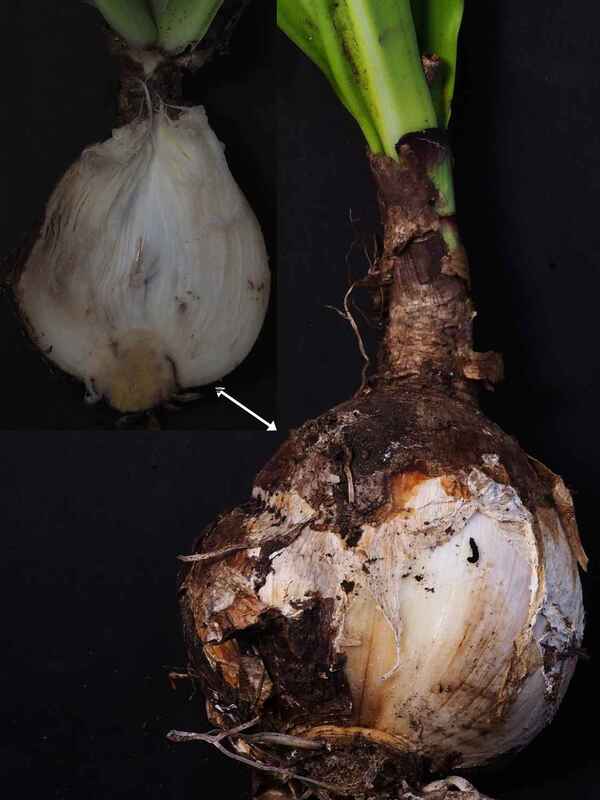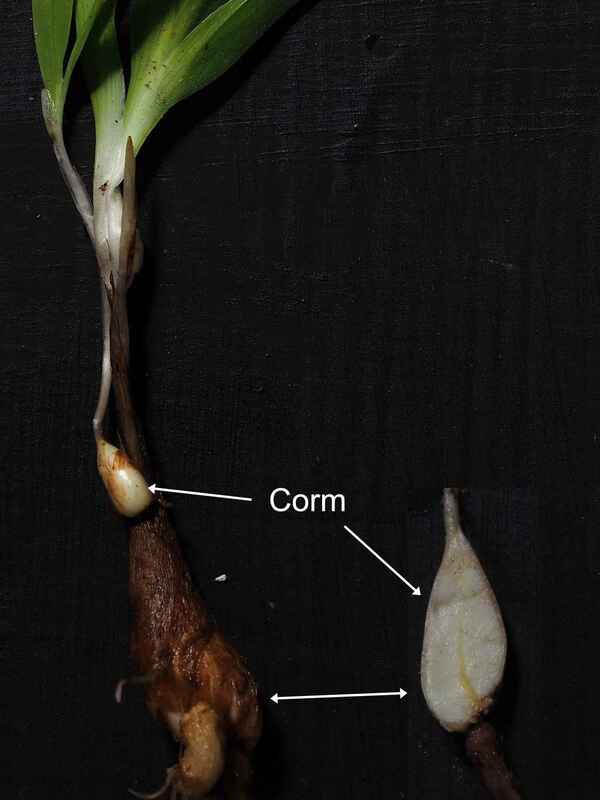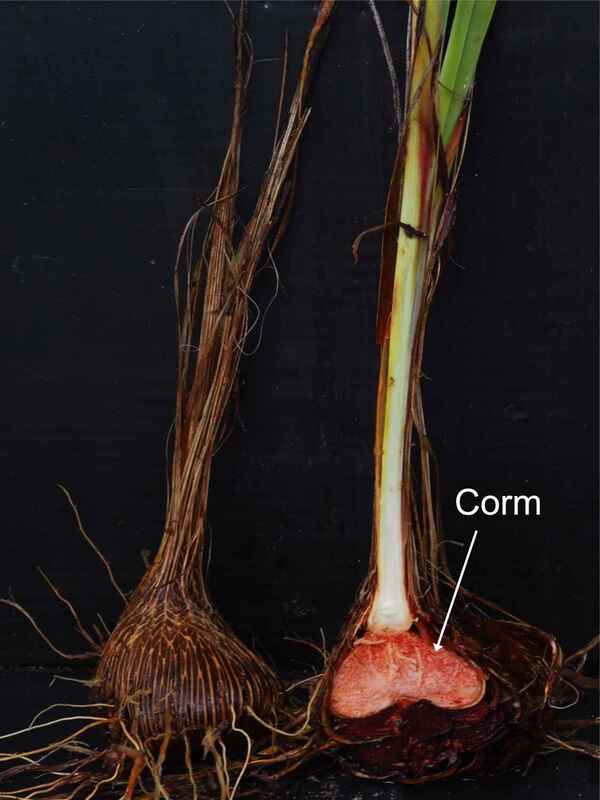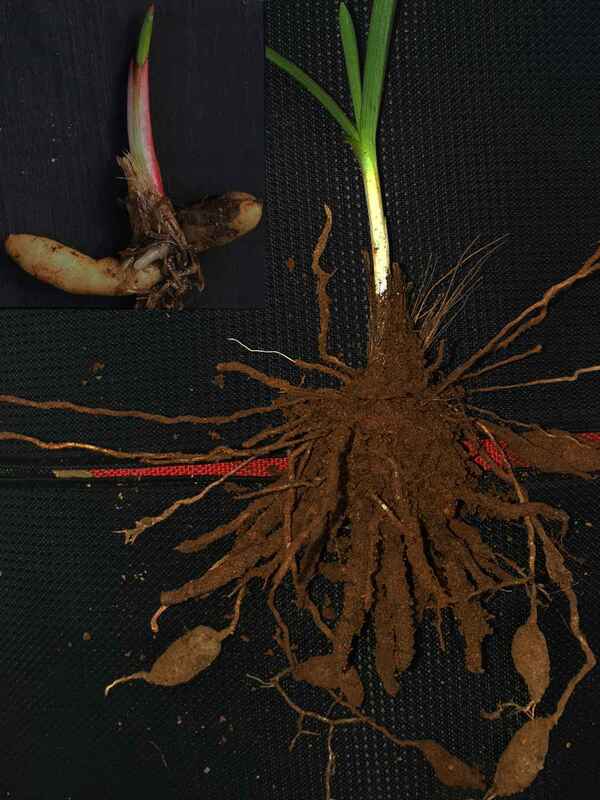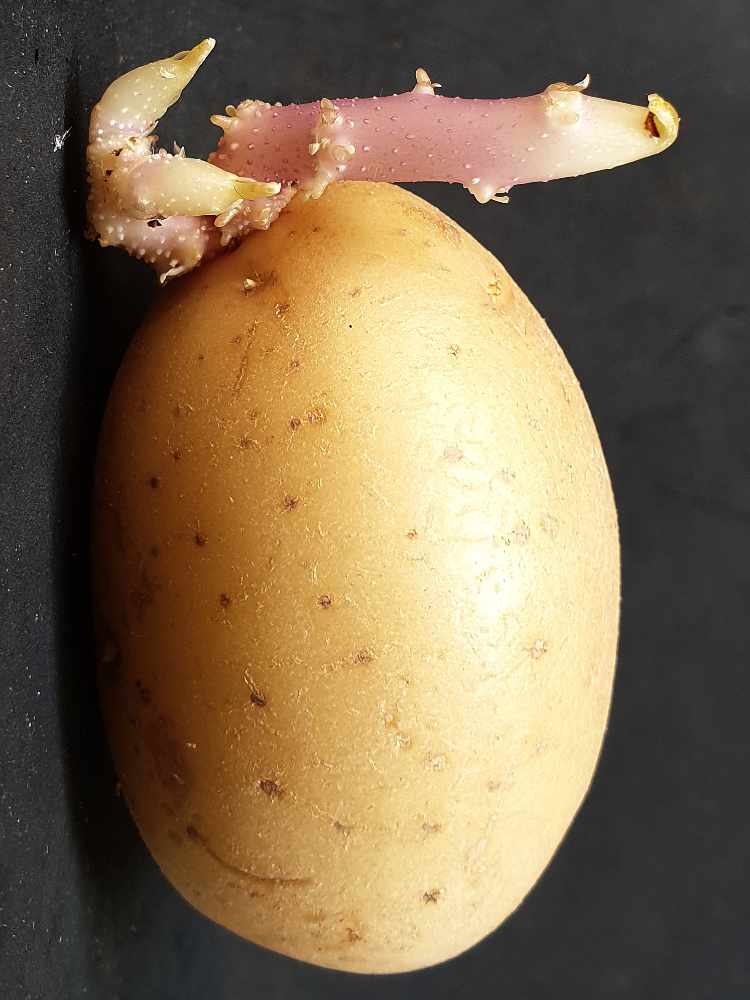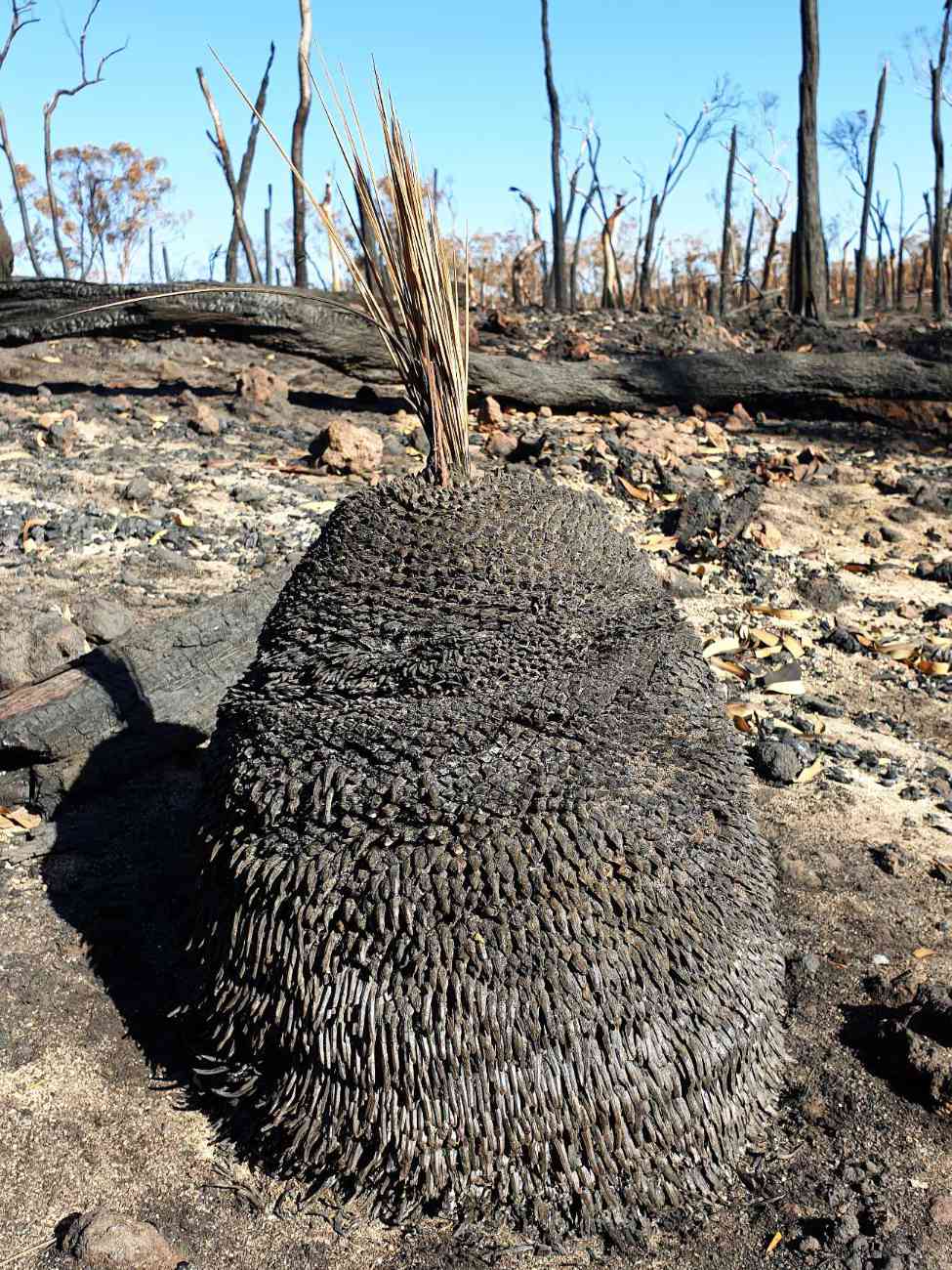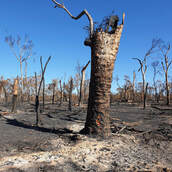 Intense fire damage
Intense fire damage I have been reflecting on the recent fire, which severely burnt sections of North Yilliminning and Birdwhistle reserves.
Most plants in our bush are adapted to fire, but both reserves had been unburnt for about 50 years and were littered with dead material, which fuelled a very hot fire.
Annual plant seeds on the surface or seeds retained on plants were obliterated. Survival of seed in the soil varies with depth of burial.
Woody root plants which regrow from soil lignotubers (most eucalypts) and root suckers should survive well and resprout in the next few months.
The ability of geophytes to resprout at the break of the season enables them to outcompete annuals, and they survive hot and frequent fires. Unfortunately, many invasive weeds are geophytes, and some also have contractile roots, which draw them deeper into the soil. Introduced Guildford grass has spread through most loam and duplex soils at the expense of native annuals.
Rhizomes are swollen underground stems, which are very common in sedges, rushes, Haemodoraceae (kangaroo paws), and some native lilies. Depending on depth, rhizomes provide fire resistance, however in the absence of fire, rhizomatous plants can take over from plants that depend on fire for seed germination. The image below shows the effect of a hot fire in Foxes Lair after a decade. The left side (unburnt for decades) has mainly mature rock sheoaks with a dense sedge understorey. To the right, fire has stimulated a range of shrubs to grow from buried seed, and has reduced sedge density.
Grass trees and zamias have above ground, fire resistant growing points called caudexes.


